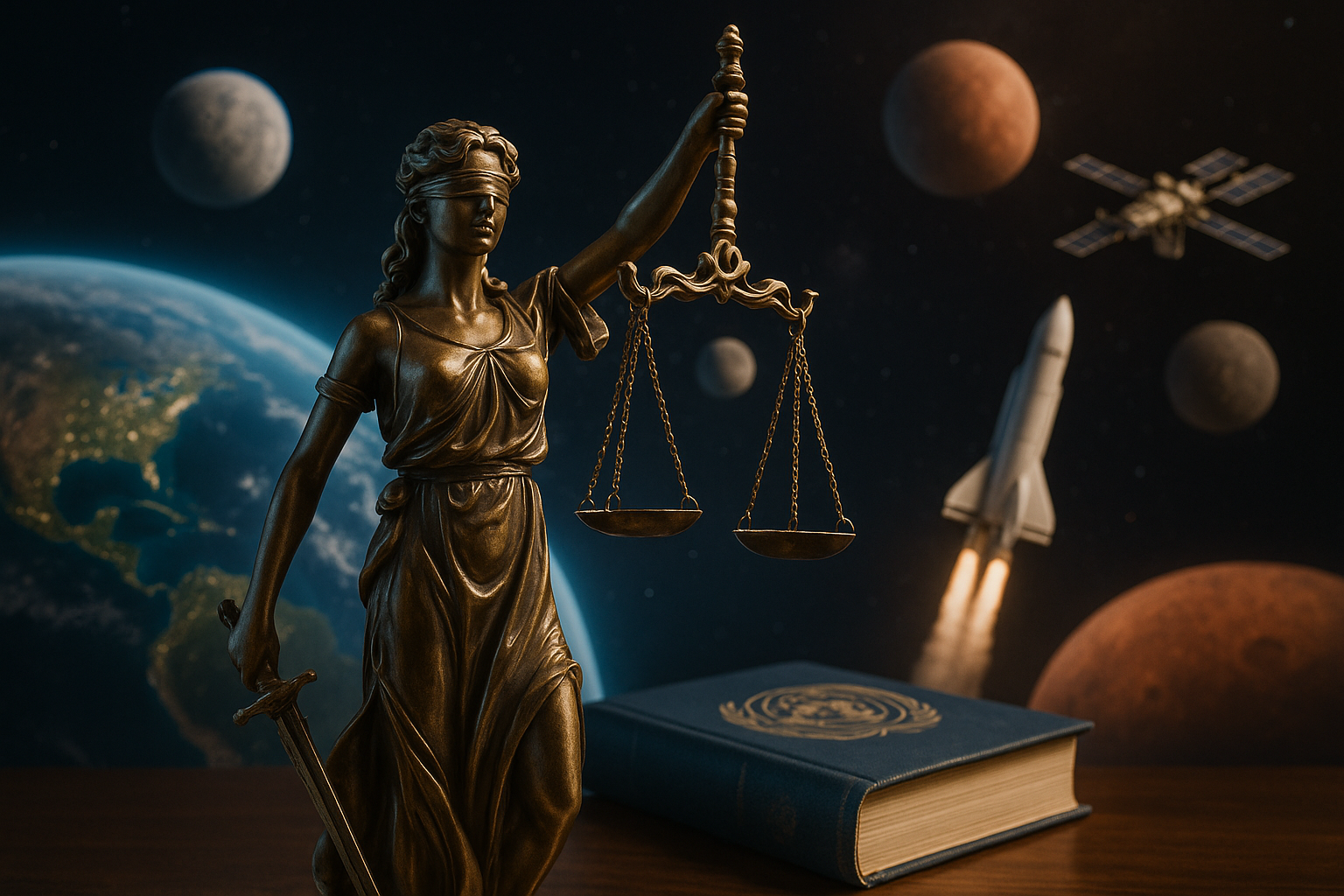The Emergence of Space Law: An Overview and Recent Developments
Space exploration and usage have seen exponential growth in recent years, leading to the emergence of a new branch of law – Space Law. This article delves into the historical context of space law, recent legal updates, and their implications on our society.

Historical Context of Space Law
Space law came into existence with the dawn of the space age. The launch of Sputnik, the first artificial satellite, by the Soviet Union in 1957 triggered the need for legal principles to govern space activities. In response, the United Nations established the Committee on the Peaceful Uses of Outer Space (COPUOS) in 1959, which has since then been responsible for the development of five international treaties and five sets of principles on space law.
Key Legal Developments in Space Law
The Outer Space Treaty (OST) of 1967, often referred to as the constitution of space law, is the most important legal document in this field. It sets up the framework for the peaceful usage of outer space, prohibiting the placement of nuclear weapons in space and the militarization of celestial bodies.
Another significant treaty is the Liability Convention of 1972, which holds states liable for damage caused by their space objects. The Registration Convention of 1976 mandates nations to register their space objects with the UN.
Recent Developments in Space Law
The advent of private companies like SpaceX and Blue Origin venturing into space exploration has brought new challenges to space law. Issues like space mining, space tourism, and the militarization of space have triggered discussions on the need for new legal frameworks.
In 2020, the Artemis Accords were signed by eight nations, including the U.S., outlining a series of principles for the exploration of the Moon and Mars. This agreement has been seen as a significant step in expanding the legal framework of space activities.
Implications and Impact on Society
The developments in space law have far-reaching implications. They set the ground rules for the exploration and use of outer space, ensuring that it remains a realm of peace and cooperation. They also provide a legal framework for addressing potential disputes and liabilities arising from space activities.
The emergence of space law also reflects the advancements in technology and society’s aspirations to venture beyond our planet. It has the potential to regulate and facilitate future space activities, including space tourism, habitat construction on other planets, and the exploitation of space resources.
Conclusion
Space law is a rapidly evolving field that mirrors the growth and challenges of space activities. The increasing involvement of private entities and the advent of new space technologies necessitate constant updates and revisions to the existing legal framework. As we continue to reach for the stars, the importance of space law in ensuring the peaceful and productive use of outer space will only continue to grow.






